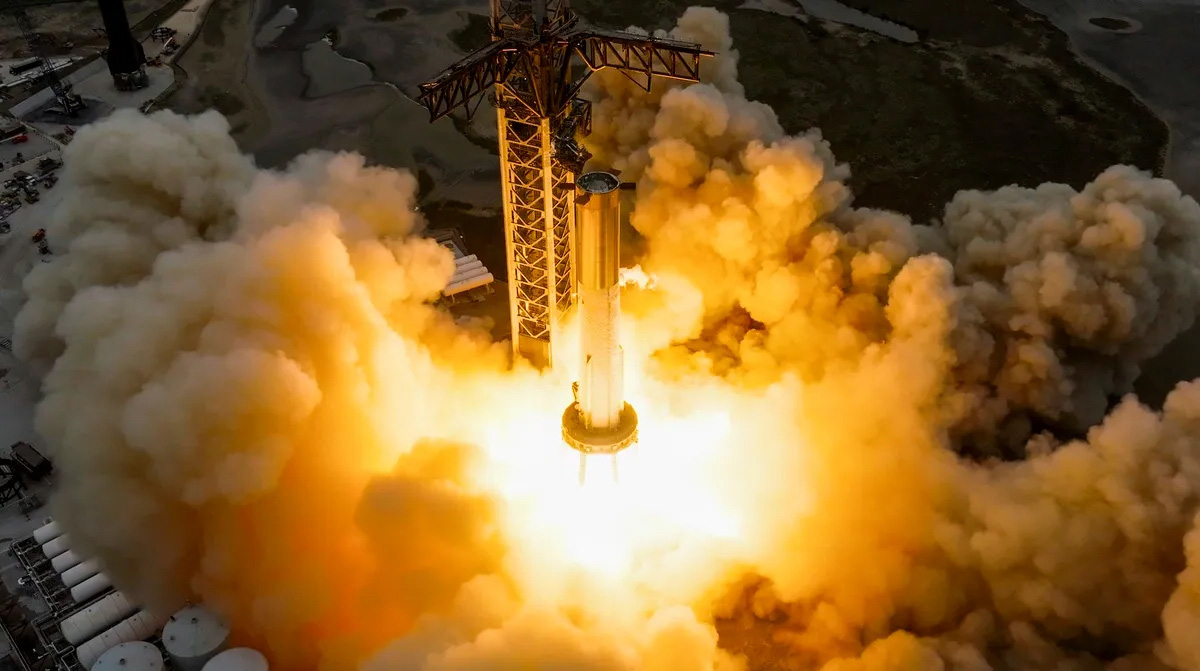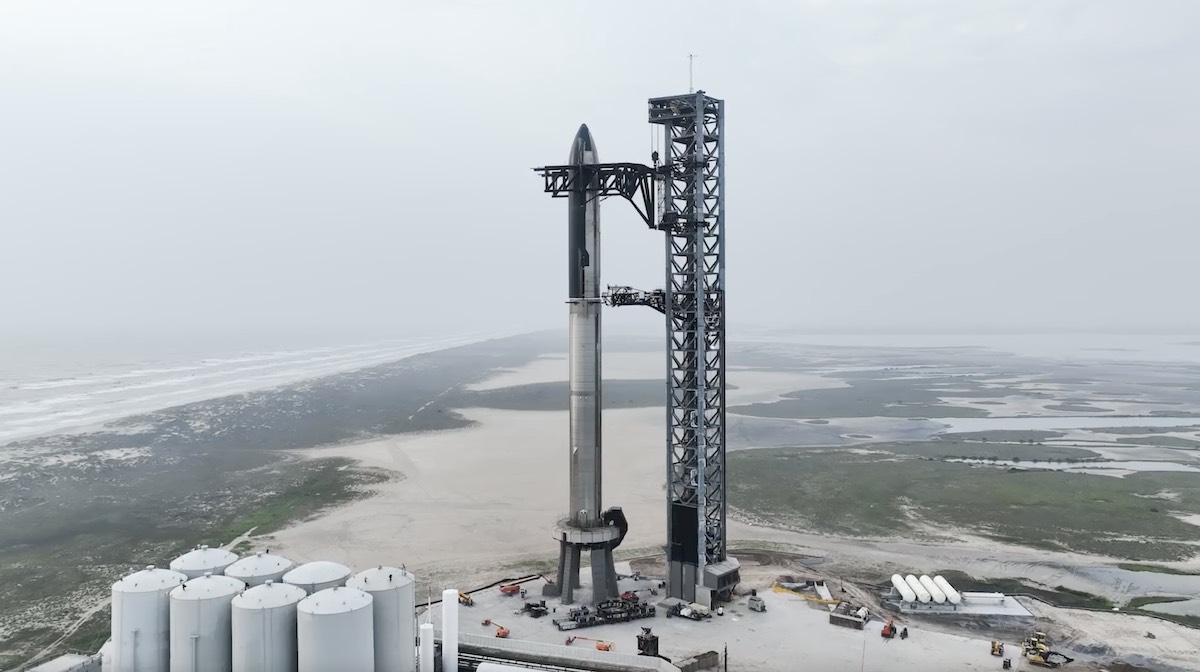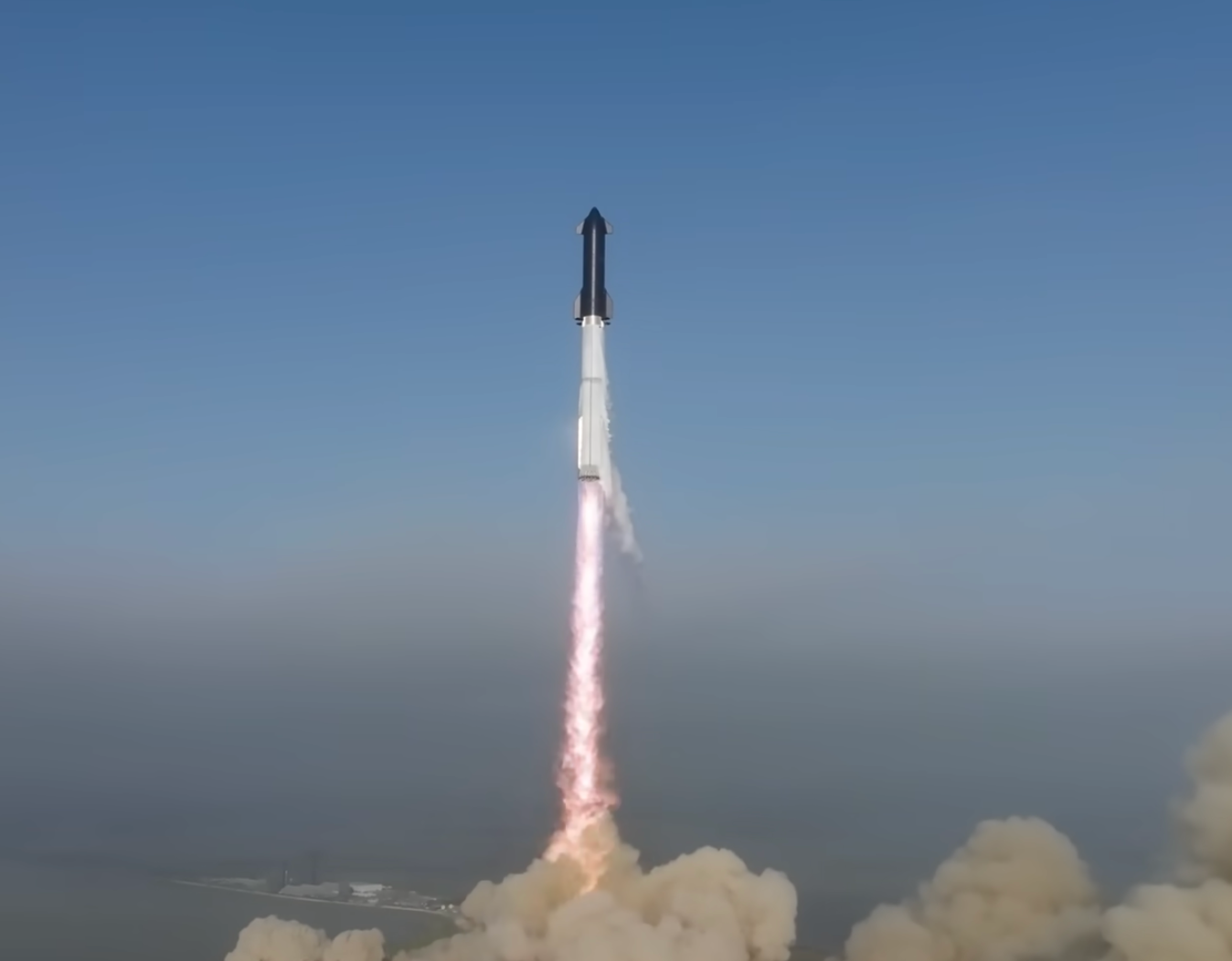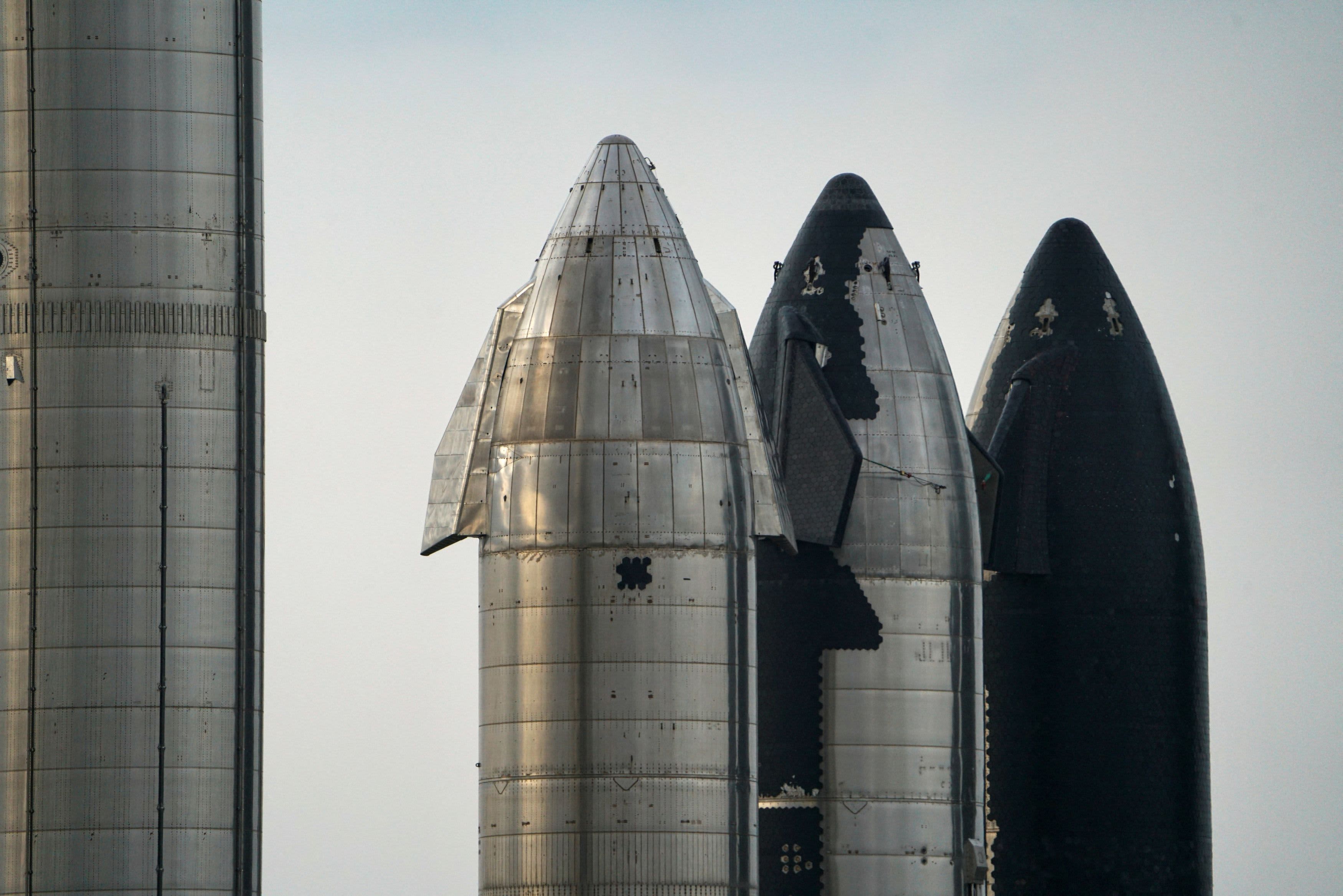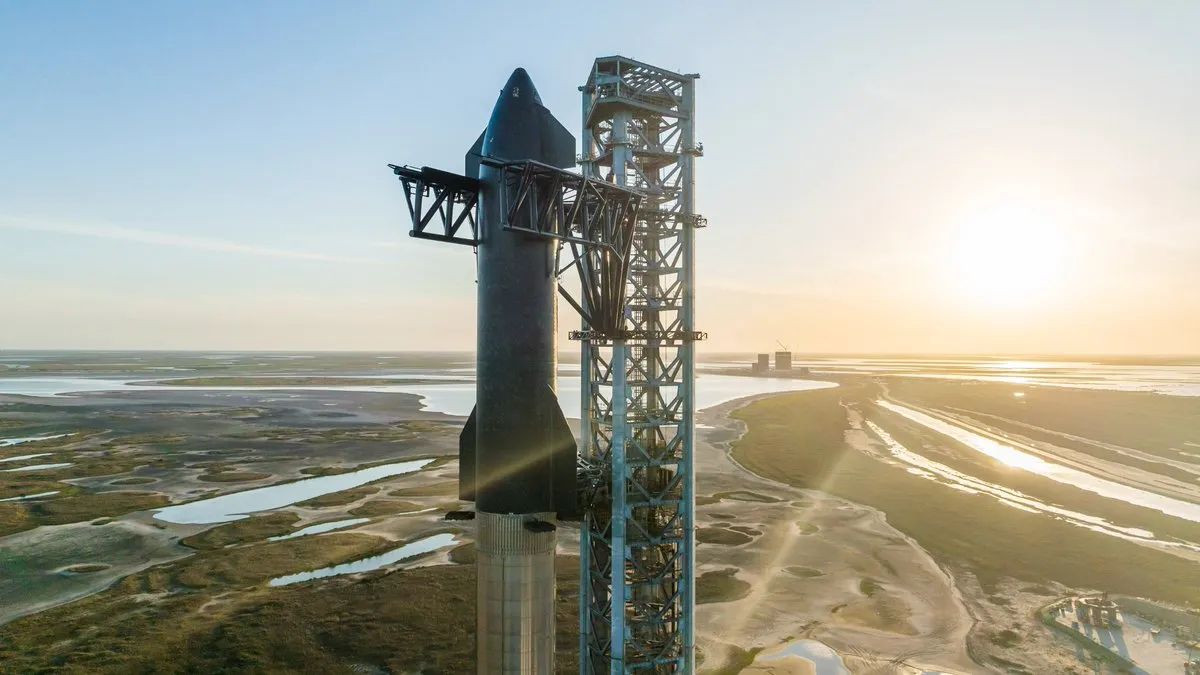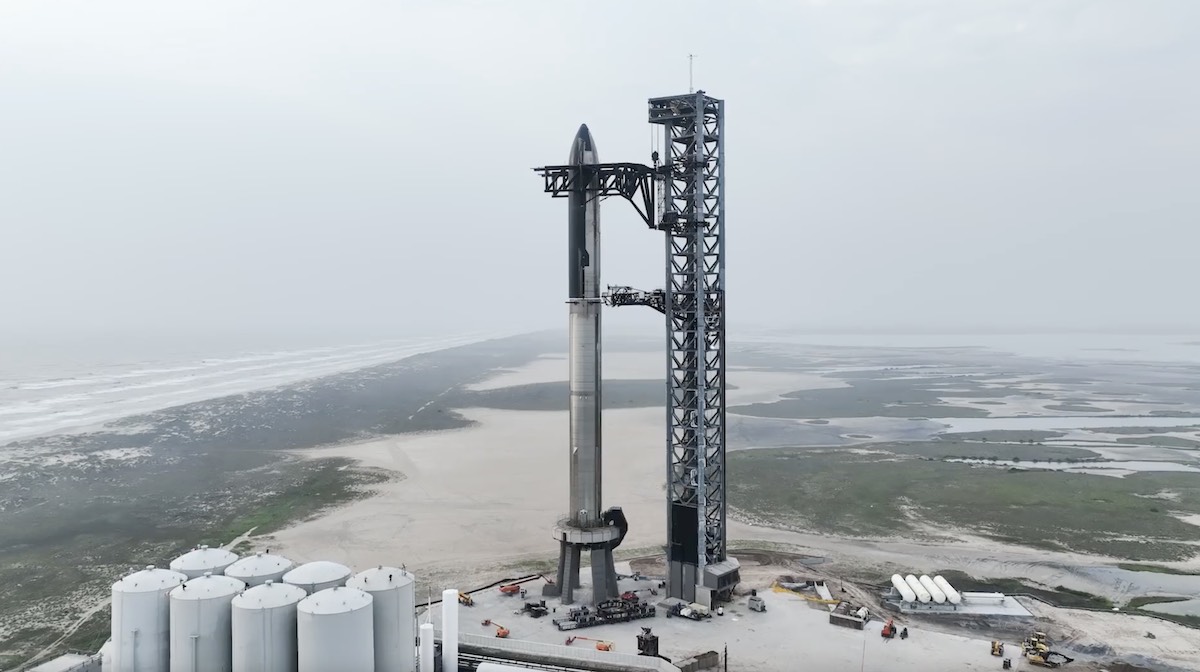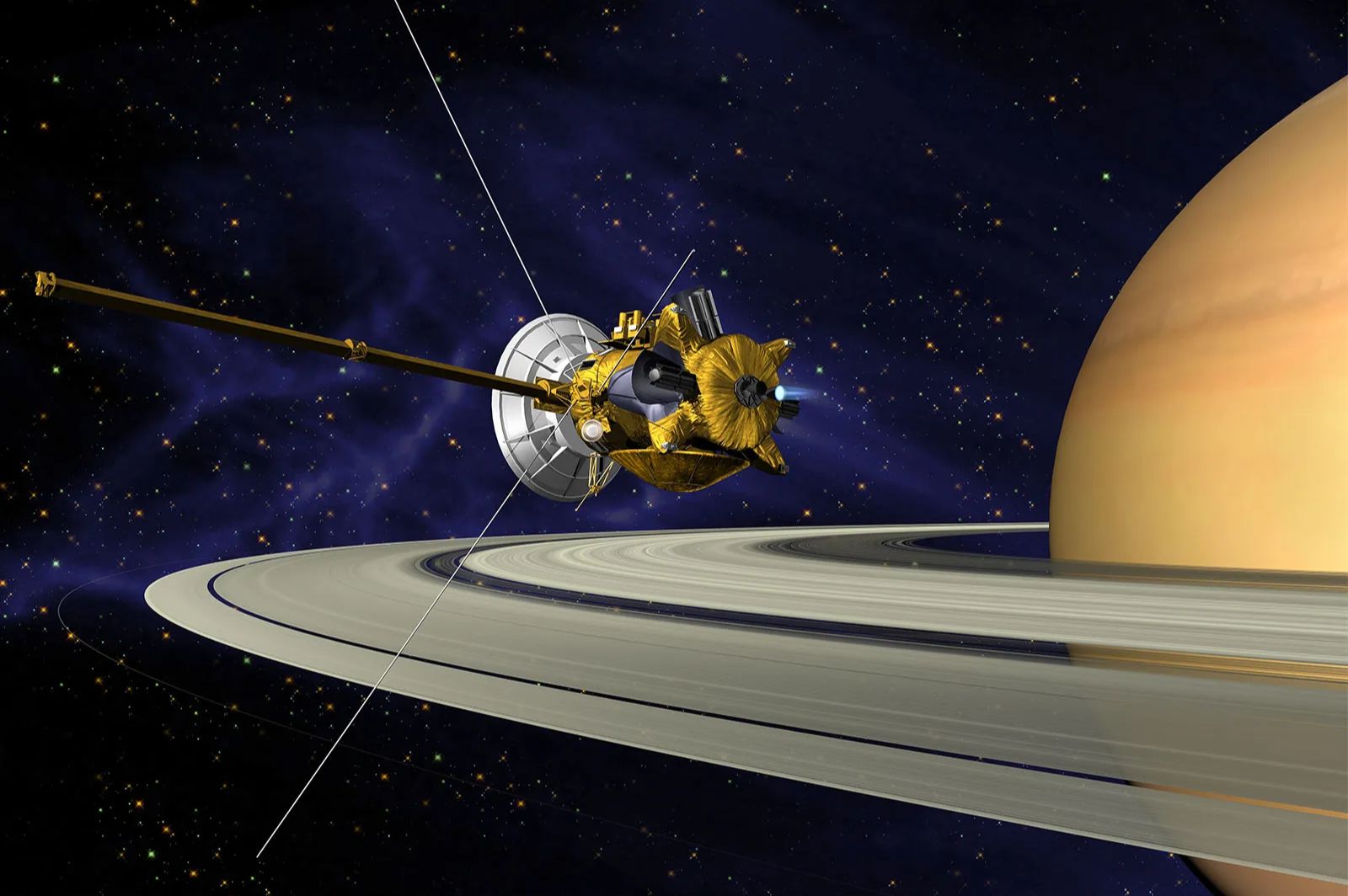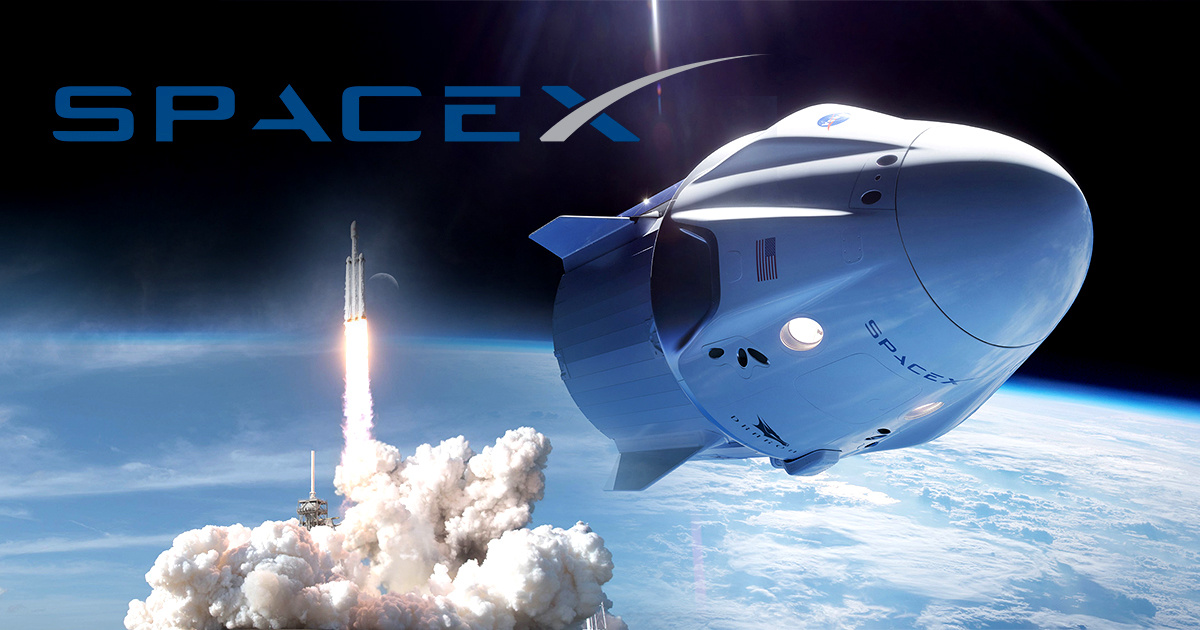The Federal Aviation Administration (FAA) has completed its investigation into SpaceX’s second Starship launch, accepting the “root causes and 17 corrective actions” identified by the company. This marks the closure of the investigation, but SpaceX must now implement all corrective actions and apply for a modified launch license before proceeding with future Starship flights.
Key Takeaway
The FAA has concluded its review of SpaceX’s second Starship test, accepting the identified root causes and corrective actions. SpaceX is now preparing for future missions, incorporating hardware changes and design upgrades to enhance the Starship’s performance and safety.
FAA’s Evaluation and SpaceX’s Next Steps
The FAA is currently evaluating SpaceX’s license modification request and expects the company to provide additional required information before a final determination can be made. Once the modified launch license is obtained, SpaceX will be able to proceed with its future Starship missions.
Details of the Second Starship Test
SpaceX’s second orbital flight test of the Starship rocket in November achieved significant milestones, including the successful ignition of all 33 Raptor engines and a successful “hot-stage separation.” However, similar to the first test, the flight ended in a fiery explosion mid-air, prompting the FAA to initiate a “mishap investigation.”
Corrective Actions and Post-launch Updates
Following the investigation, SpaceX identified seven booster corrective actions and ten Starship corrective actions, including hardware redesigns, operational changes, and modeling updates. The company also provided insights into the likely root cause of the mishap, attributing it to a filter blockage in one of the Raptor engines.
Future Plans and Improvements
SpaceX has already introduced hardware changes and design upgrades for the upcoming third orbital flight test, with CEO Elon Musk indicating a potential mission date in the second week of March. The company aims to continue improving its launch system to achieve full reusability and expand its capabilities for various missions and landing sites.







